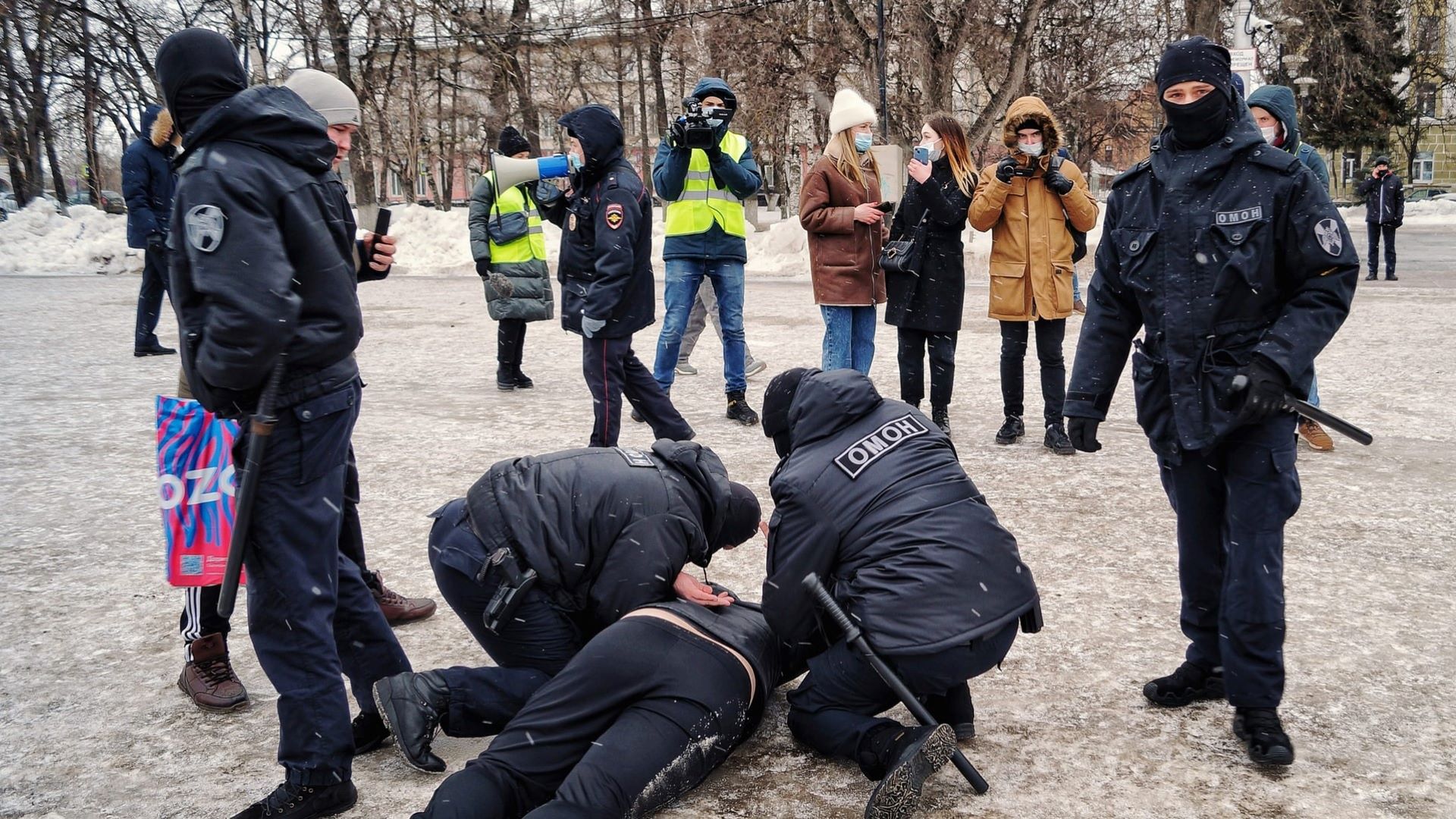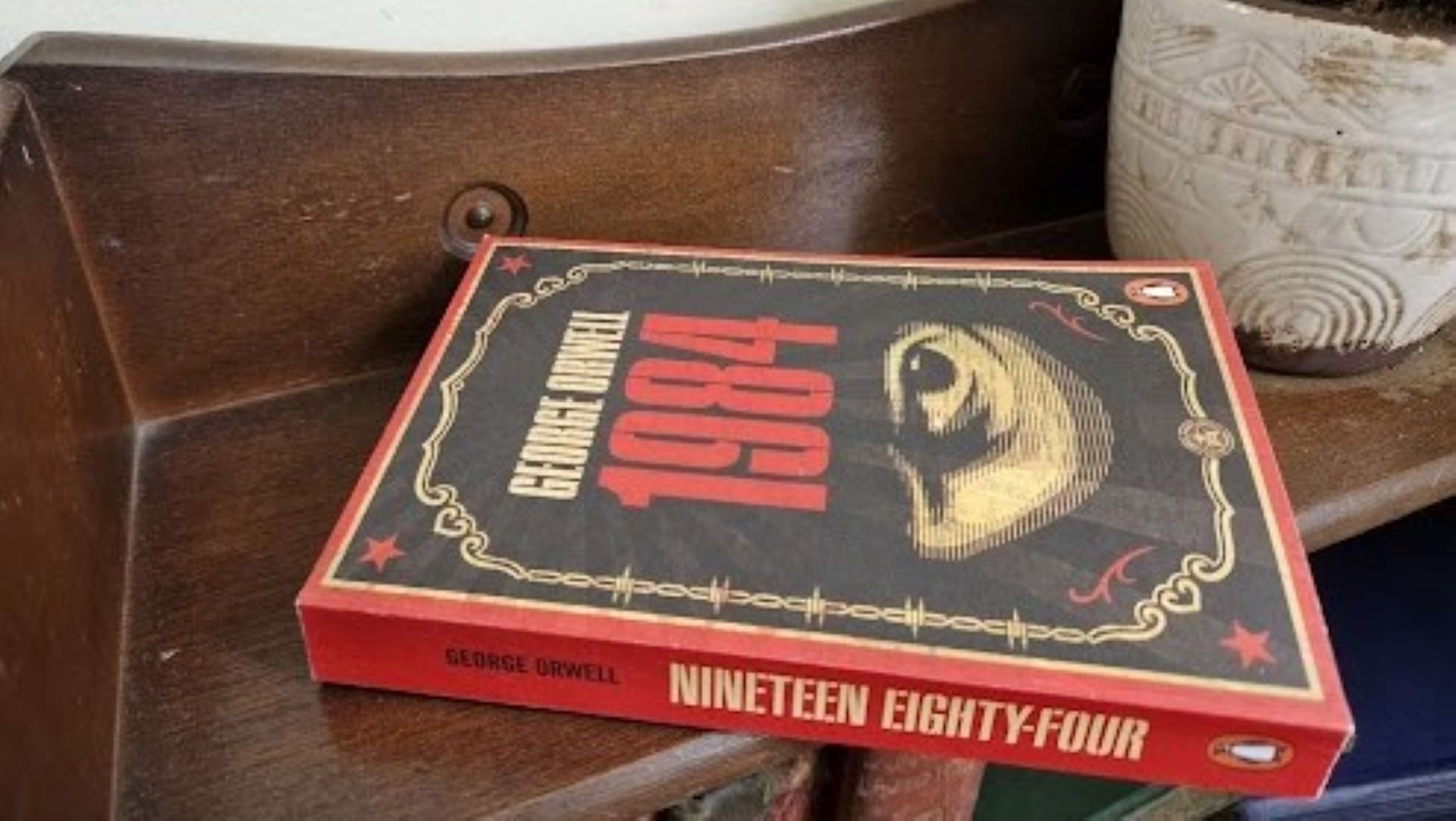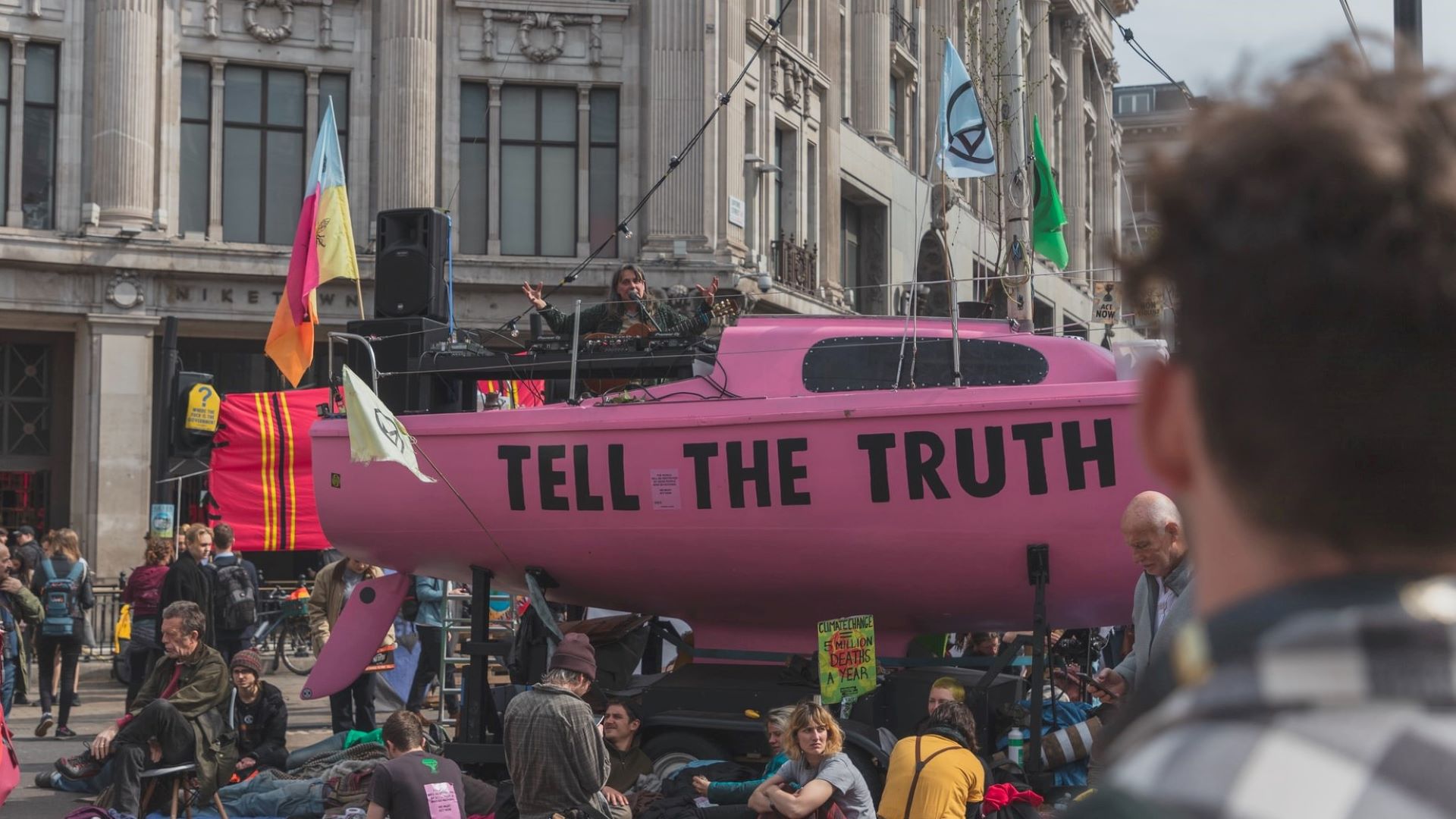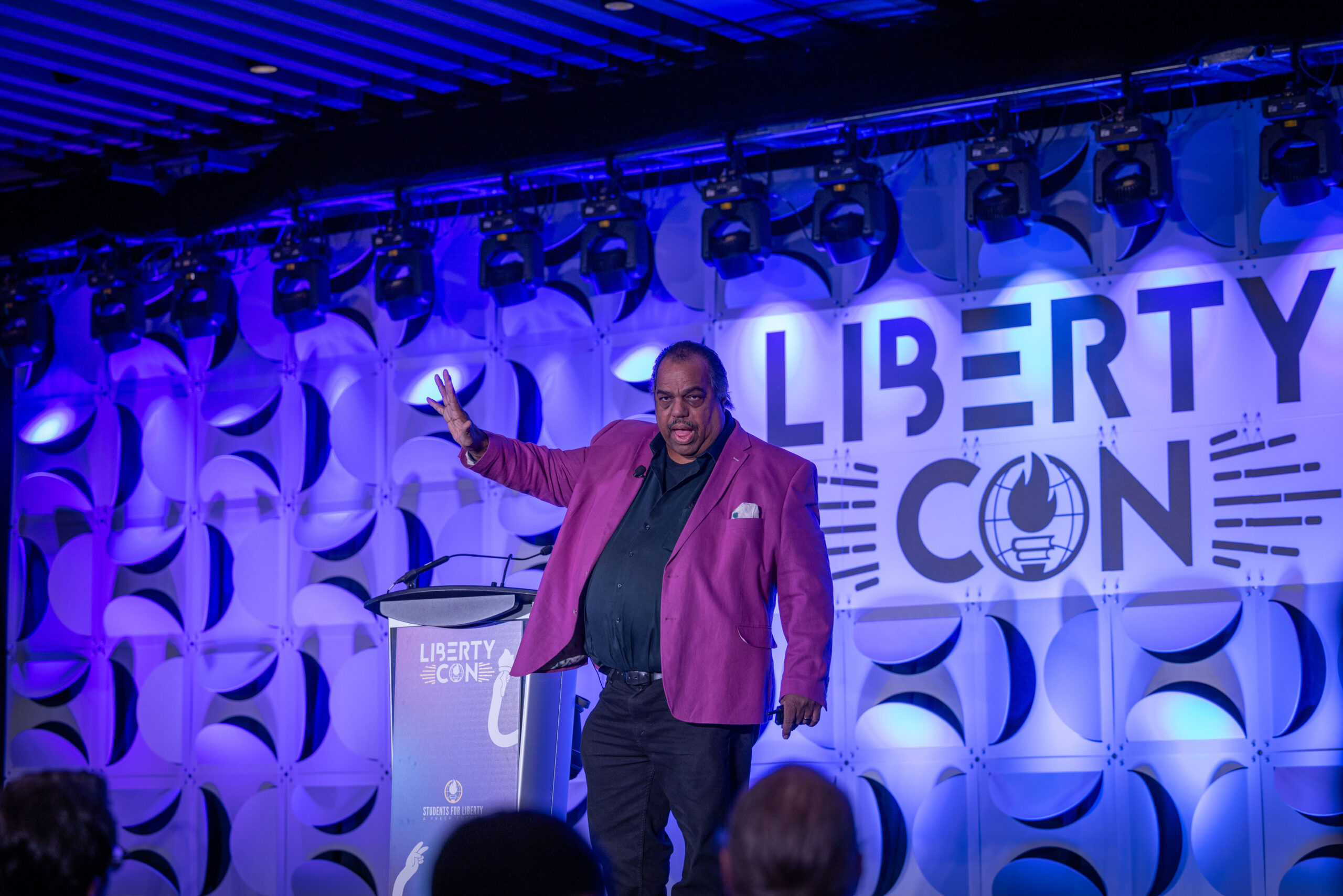The controversy over the removal of Confederate monuments from public spaces is producing a great deal of rancor and strife. People on both sides seem to feel that their identity is under attack, and frequently react with anger or dismay.
And yet, oddly enough, the emotional reaction that I had on hearing of the controversy was neither anger nor dismay, but nostalgia. The question of what public displays should be supported by the government immediately made me recall my days as a young boy growing up on Long Island in New York. This unusual reaction requires some explanation.
I grew up in Woodmere, a suburb of New York City, in an extraordinarily insular environment. The population of Woodmere and its neighboring communities was almost entirely Jewish. My elementary school had 600 students, 599 of whom were Jewish. (The only one who was not was the gym teacher’s son.)
Many of my prepubescent contemporaries were, like me, second generation Americans: the grandchildren of immigrants who came to America to escape the persecution they suffered as Jews in Eastern Europe. Our parents were raised in poverty during the Depression, and had to overcome the effects of widespread anti-Semitism to earn their living. When they finally amassed enough wealth, they moved to the luxury of the suburbs and started their families.
Given their past experiences, my family, not atypically, had a rather paranoid view of the world. They saw the world as divided into two groups; the Jews and the gentiles (goyim) who wanted to kill us. As a result, they had a somewhat stilted view of “Christianity.” (No distinctions were made between Catholics and Protestants. If they all want to kill us, what is the difference?) Christian symbols that bring a warm glow to the hearts of most people were perceived by my parents as disturbing reminders that we should never fully unpack our suitcases.
Public vs. private Christmas
This unease with Christian symbols became acute each December. Every year as Christmas approached, the county government put up its Christmas decorations. The streetlight poles suddenly sprouted Christmas trees, candy canes, Santa Clauses, and reindeer. In our local “Central Park,” a large Christmas tree appeared festooned with lights.
These public displays were in stark contrast with the private homes in the area. If Hanukkah overlapped with Christmas, then each house after house would be lighted by a menorah of candles placed in a front window. If it did not, the houses would be dark except for one or two with Christmas lights every couple of blocks.
My feeling of nostalgia arose because the Confederate monument controversy caused me to remember a day when as a little boy I was driving with my mother. We had just passed the Christmas tree in Central Park and were driving under a green tinfoil outline of a Christmas tree protruding from a light pole when I asked, “Mommy, who puts up the Christmas things?”
“Nassau County,” she responded.
“But who pays for it?” I asked.
“We do,” was her sour response.
After thinking about this for a moment, I asked, “But if almost everyone is Jewish, why do we pay to put up Christmas decorations?”
At this point, my mother employed her traditional method of ending unwanted discussions by saying, “Will you stop being such a noodge?”
I recall thinking that I never minded the Christmas lights in the one or two houses that had them. They seemed kind of pretty. And yet, the decorations on the public streets always made me vaguely uncomfortable.
At the time, I did not understand why. I was too young to understand that they sent the message that we were outsiders; that we did not conform to the accepted societal norms; and perhaps, that we were not quite the social equals of Christians. So while there was nothing disconcerting about the private displays of faith, the public displays were always a little unsettling.
Now, of course, the officials who put up the Christmas decorations in our neighborhood did so with no ill will. They were simply celebrating the holiday in a way that gave them a warm feeling.
But that did not change the fact that they were celebrating with symbols that had a wholly different association for us; symbols that called to our minds not happiness, but memories of past oppression.
Confederate monuments and minority memories
As the nostalgia occasioned by the memory of driving with my mother (sitting in the front seat with no seat belt, by the way) passed, I reflected that a similar dynamic is probably at work in the current controversy over the Confederate monuments. I am sure that not all those who support retention of the monuments do so for racist reasons.
For some, the statues may simply be symbols of their distinctive Southern culture and heritage. For others, they may be a Civil War analog of the Vietnam Veterans Memorial in Washington, DC that commemorates the soldiers who fought in Vietnam without necessarily endorsing the purposes of that war.
This attitude should not be difficult to understand, given that today many of the opponents of the Gulf Wars and the war in Afghanistan nevertheless honor the soldiers who fought or are fighting there. Like those who put up the Christmas decorations during my childhood, I am sure that most who support retaining the Confederate monuments do so with no ill will. And like the Christmas decorations, the monuments probably have a vaguely pleasant emotional association for them.
But, of course, like my family and the Christmas decorations, that is not the case for African-Americans in the states of the former Confederacy. For them, the monuments are unpleasant reminders of past oppression. And again like my family and Christmas decorations, the fact that they are displayed on public land and maintained at taxpayer expense sends the message to African-Americans that they are outsiders, and perhaps, that they are not quite the social equals of Caucasians.
In my opinion, the solution to the problem of the Confederate monuments is as simple as it is untenable. Just don’t have them on public property. If private citizens want to erect monuments to Confederate generals or soldiers on their own land or at privately maintained cemeteries or parks, I see no reason why they should not be permitted to do so.
It is reasonable to expect African-Americans to tolerate expressive conduct that others take at their own expense. What is not reasonable is to expect them to have to encounter such monuments to use public streets, parks, or government facilities and to have to pay for them with their taxes.
When I was a boy, Christmas decorations at private homes never bothered me. It was their inescapable ubiquity on the public streets that was annoying. I suspect that most African-Americans feel the same way about the Confederate monuments.
The liberal commitment to value neutrality
But, of course, this simple solution is obviously untenable. The politically dominant interest always views its values as benign and sees nothing untoward in celebrating them at public expense.
The liberal commitment to value neutrality is, for most citizens, a terribly unnatural one. The move from “upholding one’s values” to “upholding values” requires overlooking only one word, a fact I am reminded of each year when the president of the United States throws the switch lighting the Christmas tree on the White House lawn.
Besides, it should be obvious that my proposal is politically unpalatable. If taxpayer funding could be used to memorialize only those things which almost all taxpayers valued, there would be very few monuments on public property.
Not only would there be no public monuments to Confederate generals, there would be none commemorating any historical figure that was offensive to a significant portion of the population.
Statutes of General George Custer and Christopher Columbus would be gone. The statue of Ronald Reagan at National airport would certainly have to come down. And how persuasive would it be to argue that statutes of Thurgood Marshall or Martin Luther King should not be maintained on public land because taxpaying members of the alt-right find them offensive?
And besides, who, other than me, would want to live in society with no tinfoil Christmas trees on lamp poles in December?
To read more about free speech, be sure to check out our cluster page by clicking on the link below.
This article was previously published on the Learn Liberty blog.
This piece solely expresses the opinion of the author and not necessarily the organization as a whole. Students For Liberty is committed to facilitating a broad dialogue for liberty, representing a variety of opinions.








